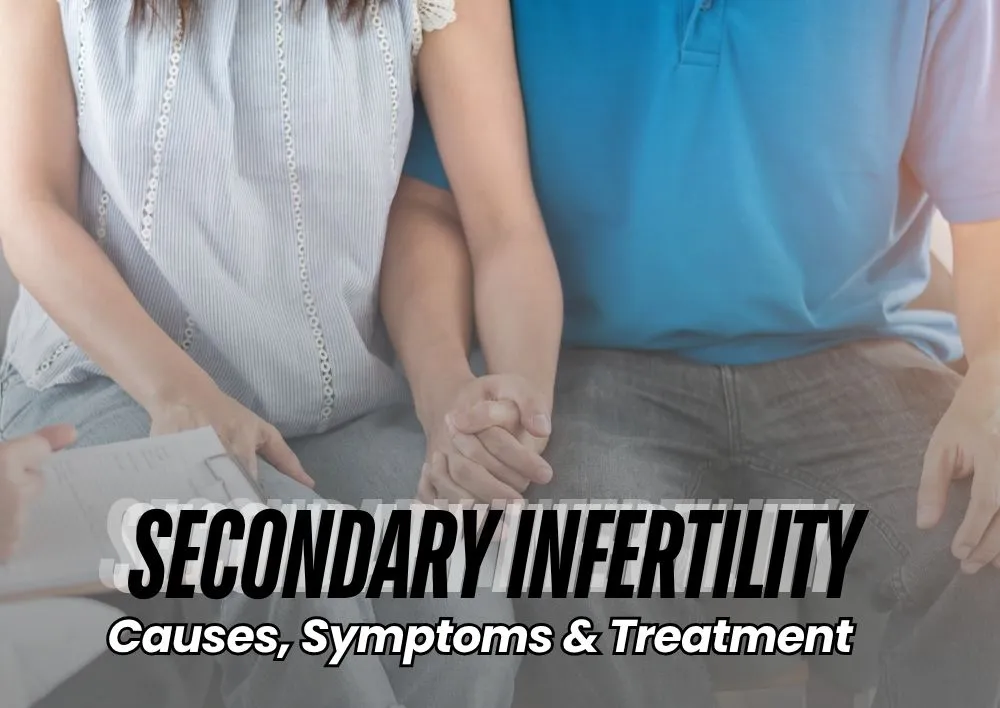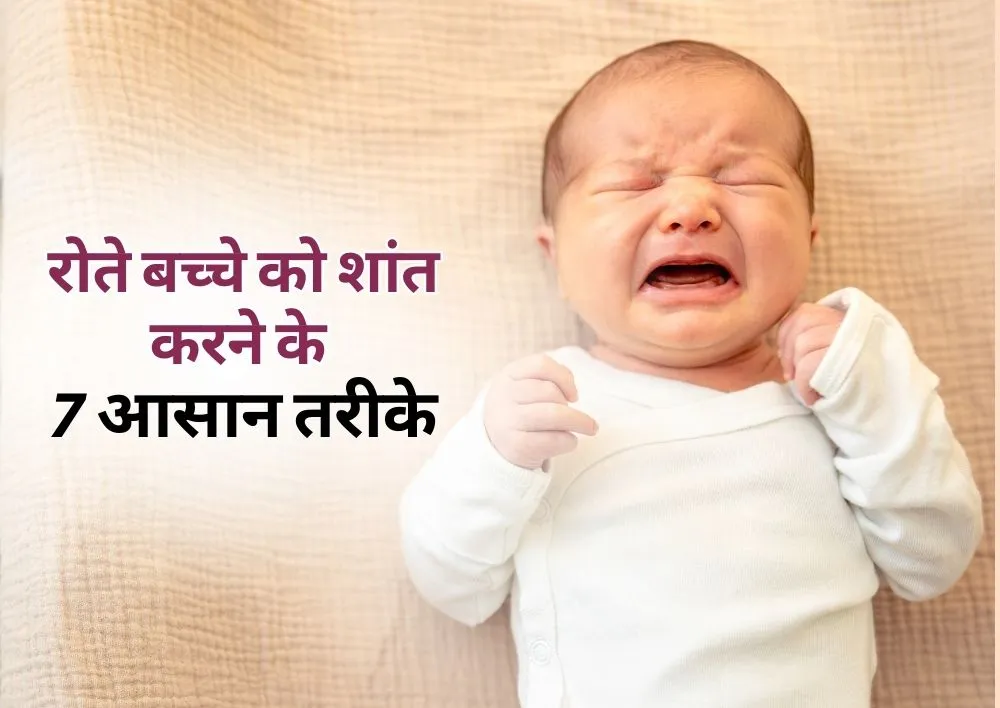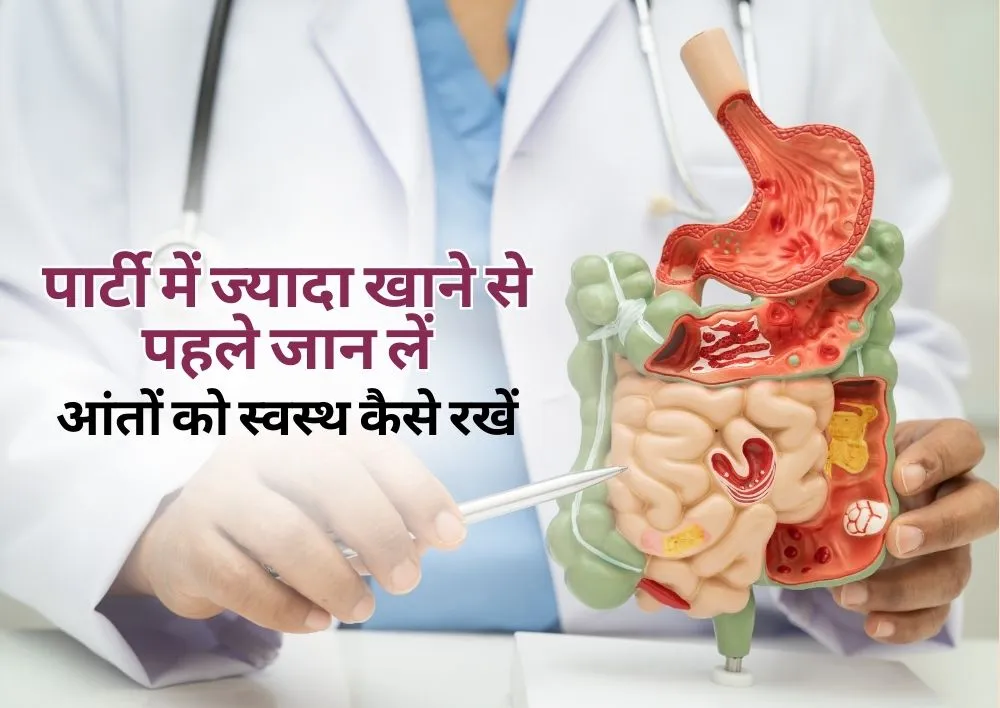Secondary Infertility: Causes, Symptoms & Treatment
Summary: Secondary infertility means having trouble getting pregnant again after already having one or more children. It can be surprising, but this is a common problem. It can happen because of many reasons like getting older, changes in hormones, problems with ovulation, lifestyle changes, or issues with the male partner’s fertility.
Overview
Welcoming a child is a wonderful milestone in life. However, when trying to have a second child, many couples find it isn’t as easy as the first time. If you have had one or more children before but are now facing difficulty conceiving again, you might be experiencing secondary infertility. This problem is more common than many people think and can be hard to deal with emotionally. Understanding its causes, symptoms, and treatment options is important for those affected.
What is Secondary Infertility?
Secondary infertility refers to the inability to conceive or carry a pregnancy to term after previously having one or more successful pregnancies without the help of fertility treatments. So, if you have had a child before but have been trying to conceive again for over a year (or 6 months if you are over 35) without success, it may be time to explore the possibility of secondary infertility. It may feel confusing or even frustrating, especially if things went smoothly the first time. The condition is treatable in many cases with the right medical guidance and support.
Secondary Infertility Causes
There are many reasons why a couple might face difficulty getting pregnant again after having one or more children. Secondary infertility can result from physical, hormonal, or lifestyle changes that have happened since the first successful pregnancy. In some cases, fertility issues that were previously unnoticed may become more prominent over time.
The common causes of secondary infertility may include:
Age-Related Decline in Fertility
One of the most common factors that affect fertility is age. This is especially true for women. “As women get older, the number and quality of their eggs reduce,” explains Dr. Aarthi Mani, an infertility specialist at Miracles Fertility & IVF Clinic, Gurgaon. “Even a few years can make a big difference. A female who conceived easily at 30 might struggle at 35 due to reduced ovarian reserve.”
Female fertility begins to decline slowly after the age of 30 and more quickly after the age of 35. The number of healthy eggs decreases, and the chances of chromosomal abnormalities in embryos also go up.
Men are also affected by age, though the decline in fertility is slower. Sperm count, motility, and overall semen quality may reduce over time, especially after 40.
1. Ovulation Disorders
Irregular or missed ovulation is one of the main reasons women face secondary infertility. “Hormonal imbalances and conditions like PCOS (Polycystic Ovary Syndrome) can interfere with regular ovulation,” says Dr. Aarthi. “PCOS is a very common cause of secondary infertility that we often encounter in our clinic. Many couples don’t realize it until they try for their second child.”
Thyroid disorders or elevated prolactin levels may also affect ovulation. Without a mature egg being released, pregnancy cannot occur naturally.
2. Uterine or Fallopian tube problems
Issues with the uterus or fallopian tubes may make it difficult to get pregnant. These problems may include:
-
Blocked fallopian tubes due to pelvic infections, endometriosis, or previous surgeries
-
Uterine fibroids, polyps, or adhesions that affect implantation
-
C-section scars or inflammation in the uterus
“These structural problems may develop silently over time and might not have been present during the first pregnancy,” Dr. Mani points out.
Sometimes, infections like chlamydia or tuberculosis may damage the reproductive tract without showing clear symptoms.
3. Endometriosis
Endometriosis is a condition where tissue similar to the lining of the uterus grows outside the uterus, leading to inflammation, scarring, and pain. “Endometriosis can develop or worsen after childbirth, even if it didn’t affect your first pregnancy,” says Dr. Aartha. “It can affect egg quality, interfere with ovulation, and damage the fallopian tubes.”
In many cases, women may not even know they have endometriosis until they start facing fertility issues.
4. Weight Gain or Obesity
Weight plays an important role in fertility. Gaining excess weight after the first pregnancy is quite common but can affect hormonal balance. “We see many women who gain weight after delivery, and this directly affects their ability to ovulate regularly,” says Dr. Mani. Both underweight and overweight women may face irregular cycles and difficulty conceiving. Obesity in men can also lower testosterone levels and sperm quality.
5. Male Factor Infertility
Fertility is not just a concern for women. Studies reveal that in nearly 40–50% of secondary infertility cases, the male partner has contributing factors. Common issues include:
-
Poor sperm motility (movement)
-
Abnormal sperm shape
-
Exposure to heat, chemicals, or toxins
-
Smoking, alcohol, stress, or use of certain medications
6. Lifestyle, Stress, and Emotional Health
Modern life is busy and stressful, especially for couples juggling work, parenting, and household responsibilities.
“We often see couples where everything looks normal medically, but stress levels are high,” shares Dr. Aarthi Mani. “Lack of sleep, irregular meals, emotional fatigue, or too much screen time can all disrupt hormonal balance and reduce chances of conception.”
Mental health also plays a role. Anxiety about conceiving again or past trauma (like a miscarriage or complicated delivery) can impact overall well-being and fertility.
Secondary Infertility Symptoms
The main sign of secondary infertility is when a couple is unable to get pregnant again after trying for at least one year, or after six months if the woman is over 35.
Other signs may include:
-
Irregular or absent periods
-
Pain during periods or intercourse
-
Signs of hormone imbalance such as acne, weight gain, hair loss, etc.
-
Changes in sexual desire
If you have been trying for months with no success, consult a fertility specialist.
Secondary Infertility Diagnosis
Your doctor may recommend a few tests to find out the reason for infertility, such as:
For Women:
-
Hormonal blood tests to check ovulation and hormone levels.
-
Ultrasound scan to check ovaries and uterus.
-
Hysterosalpingography: HSG is an X-ray procedure that confirms whether the fallopian tubes are open and the uterus is normal.
-
Laparoscopy in case endometriosis or adhesions are suspected.
For Men:
-
Semen analysis to check sperm count, shape, and movement.
-
Hormone tests or scrotal ultrasound in some cases.
Secondary Infertility Treatment Options
Secondary infertility is treatable in most cases. Treatment depends on the cause, age, and other health conditions. Some common treatment options include:
1. Lifestyle Changes
Eating a healthy diet, regular exercise, reducing stress, and avoiding alcohol or smoking can improve fertility.
2. Fertility Medications
-
Drugs like Clomiphene citrate or Letrozole may help women ovulate.
-
In men, medications or supplements may be given to improve sperm health.
3. Intrauterine Insemination (IUI)
During ovulation, sperm is gently placed directly into the uterus to help increase the possibility of getting pregnant.
4. In Vitro Fertilization (IVF)
-
Eggs and sperm are mixed in a lab, and the formed embryo is then placed into the uterus to help with pregnancy.
-
IVF is recommended if other treatments don’t work or if the couple is above a certain age.
5. Surgery
Surgery may be needed to remove fibroids, treat endometriosis, or open blocked tubes.
When Should You See a Doctor?
You should visit a doctor or fertility expert if:
-
You are under 35 and have not gotten pregnant after 12 months of regular unprotected sex.
-
You are over 35 and have not conceived after 6 months of trying.
-
You or your partner have known health issues like PCOS, diabetes, thyroid problems, irregular cycles, etc.
Conclusion:
Secondary infertility can be a difficult and emotional experience for many couples. If you are finding it hard to conceive again after a previous successful pregnancy, consult a fertility specialist near you to explore your options and find the right path forward.
Frequently Asked Questions
Primary infertility is the inability to get pregnant after one year of trying without any prior pregnancies. Secondary infertility occurs when you have had at least one child before but are now unable to conceive again.
Yes, secondary amenorrhea (absence of periods after having normal cycles) can prevent ovulation, making it difficult to conceive.
Natural approaches include a healthy diet, regular exercise, stress management, maintaining a healthy weight, and tracking ovulation.
Yes, many couples successfully conceive again with the right lifestyle changes, medical treatment, or fertility support.
The chances vary, but it's estimated that up to 10–15% of couples may face secondary infertility after a first successful pregnancy.
Fertility can decline due to age, hormonal changes, new health conditions, or lifestyle factors that weren’t present during the first pregnancy.
















Was the information useful?
0 0